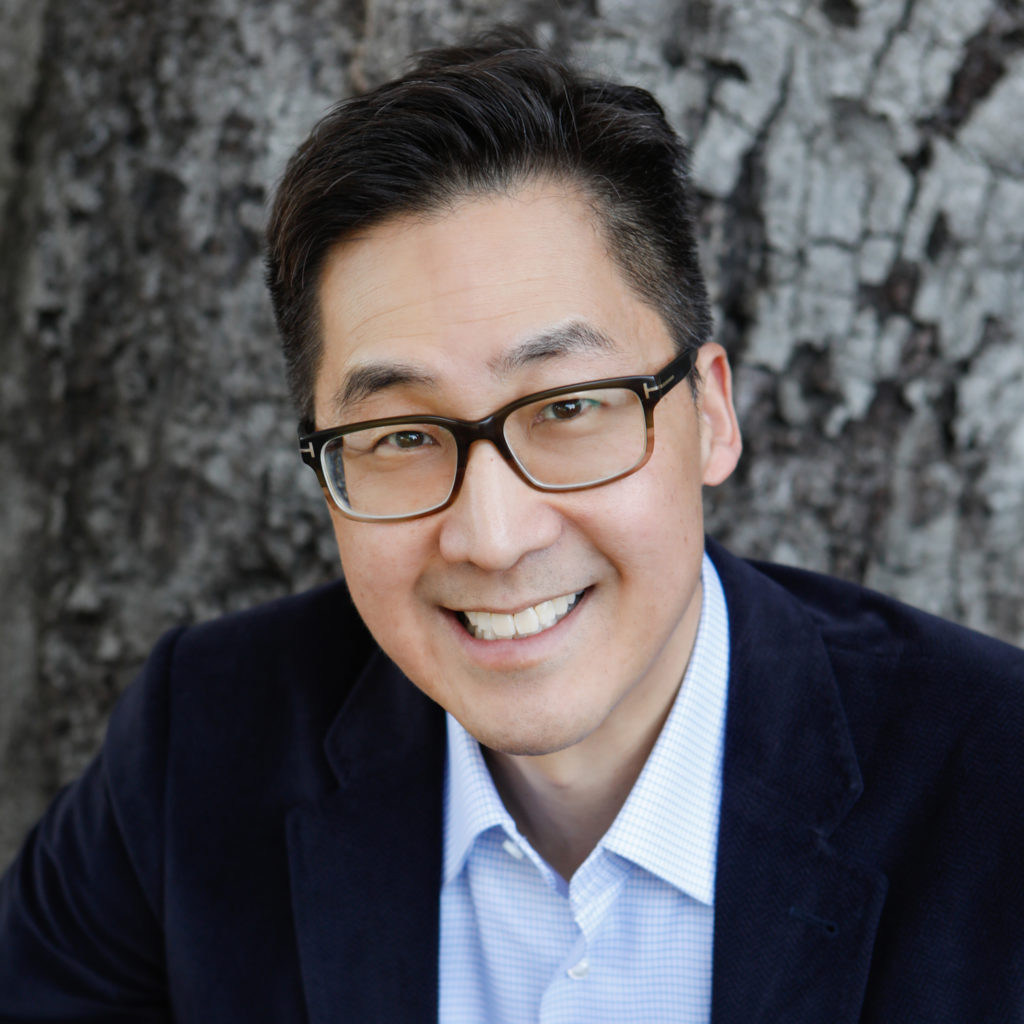We’ve all seen the discussion of health equity emerge more recently in the context of vaccination rates and access to care during the pandemic. Health equity in general has been a major area of discussion for over 20 years, but in the past two years, we’ve all experienced first-hand the poignant example of how population health is only as strong as its weakest link. Now, other health disparity findings are finally getting the attention they deserve. From shockingly dismal maternal health outcome disparities to mortality rates for treatable diseases, there’s no shortage of examples to illustrate how much work we have ahead of us to ensure everyone has an equal opportunity to reach their highest level of health.
Addressing social determinants of health, improving diversity and inclusion, and implementing effective policies are all part of a journey that needs participation from every stakeholder that touches healthcare and life sciences. David Rhew is leading this charge for Microsoft and gives us a few examples of how they’re doing their part to influence change.
If you missed parts 1 and 2 of this interview, you can read them here and here.
Bre: I know health equity is a passion of yours. What are some of the initiatives you’re involved in?
David: We have several initiatives underway. First and foremost, providing access to care. We know that digital is becoming an essential requirement for people to receive virtual care, but underserved communities need more affordable broadband. To address this, Microsoft launched the Airband initiative several years ago through public private partnerships to enable affordable broadband. There have been efforts around digital reskilling and training, as well as healthcare education.
The second initiative that I've personally been very actively engaged in is the delivery of essential health services in underserved communities. We saw this play out during the pandemic when a large number of individuals, even though they were given access to the vaccine, still weren't taking it. At that point it was no longer an issue of access, but an issue of trust in the individuals and organizations delivering care. That trust doesn't occur when you have communities with longstanding distrust in the system or don't even have a physician that they see regularly. What we realized in these situations was that care should be delivered through community-based organizations. We're talking about nonprofits. We're talking about churches, schools, Synagogues, you name it. Those organizations are the ones with long standing trust. We can set up clinics within those settings, delivering care in the same language, with providers understanding the same cultural sensitivities and barriers.
The second piece is connecting those individuals with two other major stakeholders: local healthcare and public health. Between those 3 entities, creating a bidirectional flow of information, we’re able to share and gather essential information. We’ve built out this technology infrastructure using an operational arm called CHMRC, California Health Medical Reserve Corps, and we did it in four states. It was in Washington with the Latin X community, in California with the migrant farm workers, in Georgia just outside of Atlanta with the multicultural immigrant population, and in Southeast Mississippi with the predominantly African American population. So, four different populations, all with unique challenges but using the same formula, connecting community-based organizations with healthcare and public health with bidirectional flow of information, and technology underlying it. We’re planning around the March time frame to make a big announcement on this public private partnership, which is now a formal entity called the Health Equity Consortium and includes several players from the non-profit, public health, healthcare, and technology sectors.
Bre: I’ll look forward to that announcement! I do think that if you’re part of big tech and involved in healthcare, there’s a certain level of responsibility to strive towards the most inclusive and equitable solutions possible. It’s inspiring to hear about what you’ve been working on.
Thank you for all that you do, and for taking the time to speak with me today, David!
David: It was a pleasure!

Dr. David C. Rhew is the Global Chief Medical Officer and Vice-President of Healthcare for Microsoft. He sits on the Governing Committee for NESTcc (National Evaluation System for health Technology coordinating center), the group within MDIC (Medical Device Innovation Consortium) that advises FDA, CMS, and NIH regarding RWE/RWD safety and efficacy studies on medical devices.

